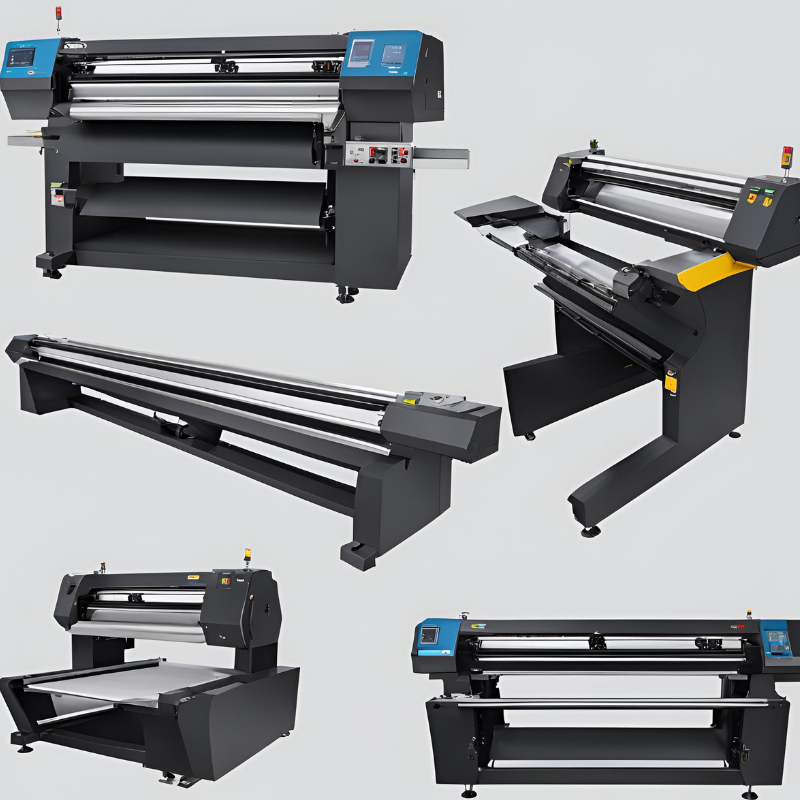No Products in the Cart
News
DTF vs Eco-Solvent and Latex Printable HTV: Which is Right for You?
When it comes to custom apparel and fabric printing, DTF, Eco-Solvent, and Latex Printable HTV each offer unique benefits. DTF stands out with its vibrant colors and versatility across various fabrics, while Eco-Solvent HTV shines for its user-friendly application and eco-friendliness. Latex Printable HTV combines quick-drying, flexible prints with sustainable latex inks, making it a top choice for activewear. Understanding their pros, cons, and ideal applications will help you choose the best method for your creative projects.
Heat Transfer Vinyl 101: A Beginners Guide to Understanding HTV
Heat Transfer Vinyl (HTV) is a versatile and user-friendly material that allows you to create custom designs on clothing, accessories, and home decor. Ideal for DIY enthusiasts, designers, and business owners, HTV offers endless creative possibilities with its compatibility across various materials and finishes like glitter, holographic, and matte. The process typically involves designing, cutting, weeding, and heat pressing, making it easy to achieve professional-quality results. Whether you're personalizing t-shirts or crafting unique items, HTV is a fun and cost-effective way to bring your ideas to life.
How to Determine the Cut Side of Heat Transfer Vinyl: A Simple Guide
Figuring out the correct cut side of Heat Transfer Vinyl (HTV) is essential to avoid wasting material and ensure successful projects. HTV has two layers—the glossy carrier sheet and the matte vinyl layer, with cutting done on the latter. Methods like visual inspection, the peel test, light reflection, and texture feel can help identify the cut side accurately. Manufacturer's guidelines and proper machine setup, such as placing the HTV shiny side down and mirroring designs, are also crucial steps.
A Complete Guide to Using Heat Transfer Vinyl: From Basics to Pro Tips
Heat transfer vinyl (HTV) has revolutionized the world of DIY customization, making it possible for crafters and small business owners to create professional-looking designs on fabric and other materials. This versatile material consists of a decorative vinyl layer attached to a carrier sheet, which allows you to cut intricate designs and permanently adhere them to various surfaces using heat.
DTF vs. Screen Printing: Which Custom T-Shirt Method is Right for You?
When it comes to custom t-shirt printing, Direct-to-Film (DTF) and screen printing are two of the most popular methods available, each offering unique benefits and capabilities. DTF printing is known for its versatility and ability to produce vibrant prints and intricate detail, even on dark fabrics. On the other hand, screen printing is a tried-and-true method, used for its durability.
Aftercare for Garments with Heat Transfer Vinyl
Proper aftercare is essential to maintain the quality and longevity of garments with Heat Transfer Vinyl (HTV) designs. Key practices include washing in cold water, turning garments inside out to minimize friction, and using mild detergents free from bleach or fabric softeners. Air drying is preferred, though low heat tumble drying can be an alternative, while direct ironing over HTV should always be avoided. Steaming or using a protective sheet during ironing helps prevent damage to the vinyl. Following these steps ensures your HTV creations stay vibrant, durable, and looking their best for many wears to come.





